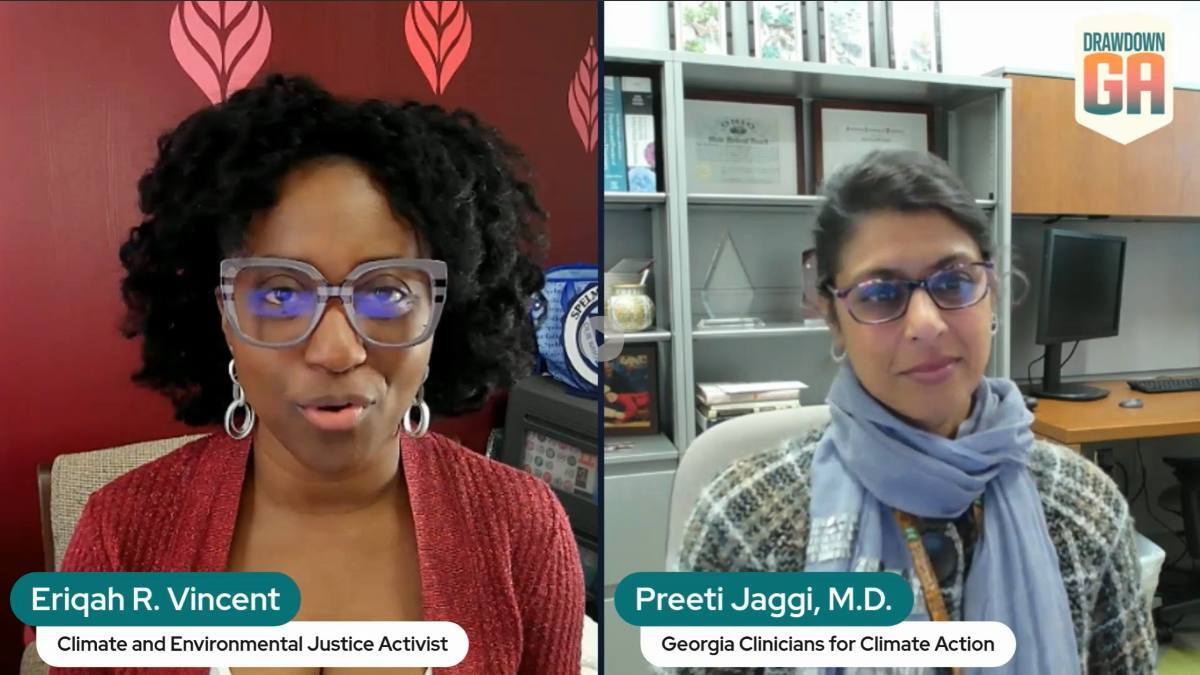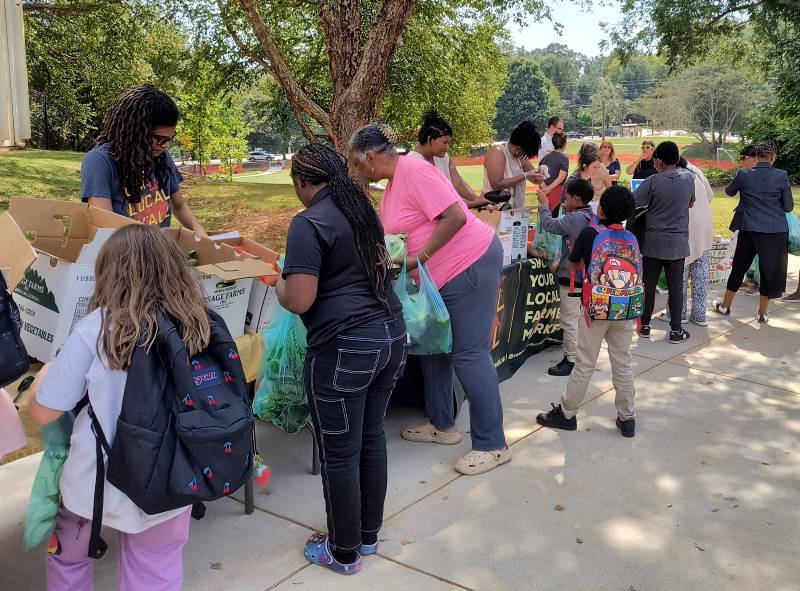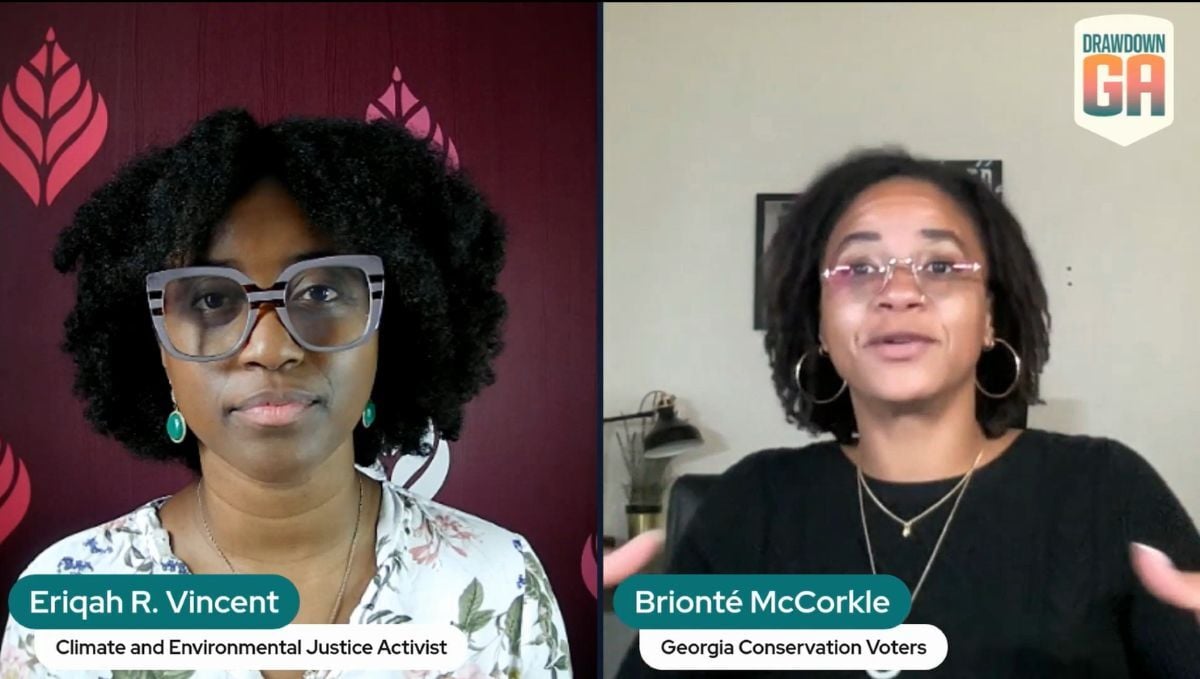On May 7, 2021, Governor Brian Kemp signed House Bill 355 (HB355) into law. The law amends the Georgia Carbon Sequestration Registry (carbon registry) and creates a substantial opportunity to reduce emissions in Georgia and foster economic development.
What is a Carbon Registry?
But, first, what is a carbon registry, and how does it work?
 Georgia’s carbon registry tracks, quantifies and validates approved sources of carbon sequestration in the state. These sources earn carbon credits for each ton of carbon dioxide they remove from the atmosphere. Organizations or individuals can purchase these carbon credits to offset their carbon emissions. This can be done voluntarily or to help organizations comply with carbon reduction policies.
Georgia’s carbon registry tracks, quantifies and validates approved sources of carbon sequestration in the state. These sources earn carbon credits for each ton of carbon dioxide they remove from the atmosphere. Organizations or individuals can purchase these carbon credits to offset their carbon emissions. This can be done voluntarily or to help organizations comply with carbon reduction policies.
Georgia has had a carbon registry since 2004. HB 355 modernizes and expands it to include building products and materials that can demonstrate carbon sequestration. This is an innovative move by the State of Georgia because most markets rely on credits generated by land conservation, forestry, and agriculture. Now, products like mass timber and carbon-infused concrete can generate new value.
Carbon Credits
In addition to including building products, the law defines “forest” as land with a minimum of 10% canopy coverage used for certain forest benefits, such as biodiversity, recreation, and aesthetics. Landowners and businesses, such as local governments and higher education institutions, can leverage the carbon sequestration potential of their parks and campuses to generate carbon credits. They may use these credits to meet their own clean energy goals or to generate revenue through the markets.
The new law will allow for credits to be calculated retroactively to a date yet to be determined, provided the still to be established validation requirements can be met. That somewhat controversial move can offer substantial financial opportunity to long-term landholders because of the number of credits that might be generated.
This expansion of the registry through HB 355 means Georgia can create new financial resources for the state from existing resources like parks, forestry, and construction. The law also establishes a registry commission, which will iron out the administrative details of the registry. There are still many details to resolve, such as how carbon credits are consistently calculated and how they would be recognized by carbon markets. Carbon sequestering products, like mass timber, will require third-party validated evaluation processes that confirm sequestration calculations and account for both carbon emissions and previously claimed carbon credits from the material’s supply chain.
Pushing Georgia's Economy toward Carbon Savings Rewards
These are issues that can be resolved with thoughtful collaboration, and the potential of an expanded registry can help push Georgia’s economy toward a regenerative one in which carbon savings are rewarded. By combining the carbon sequestration registry with other vital efforts to advance a regenerative economy, it will be possible to achieve timely carbon neutrality in Georgia and throughout the Southeast.
While Georgia leads the nation in generating many forestry-derived products, like pulp, paper, and wood pellets, the pace of growth in the state should be able to sustain an increased demand for forestry products even if extended growth periods are adopted. Further, the Georgia Forestry Association reported forest growth exceeds removals by 48%. Some environmental groups are concerned an increased demand for wood products could lead to forestry management practices that undermine the health and carbon sequestration potential of the natural environment.
Southface believes the updates to the sequestration registry present a compelling opportunity to collaborate with Georgia foresters and other interested stakeholders in optimizing practices for both the carbon sequestration and economic benefit potential of mass timber to be fully realized. Demonstrating that the state is pursuing internationally recognized best practices will reinforce the integrity of current and future Georgia carbon credits in the world’s markets.









